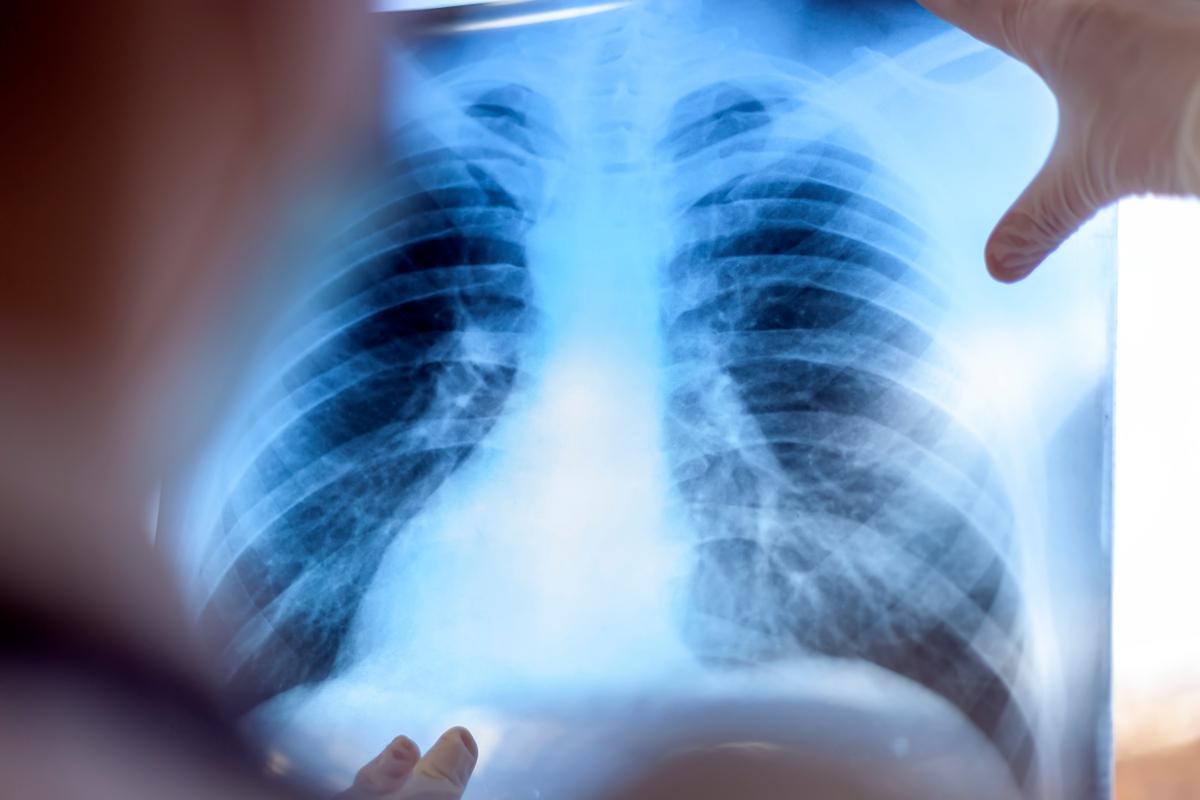The new metric can directly estimate the size of the patient based on the X-ray data. This data is available via the so-called DICOM header, the data record of each medical scan. It includes demographic information of the patient and technical information about the image. “By automatically calculating dosages for an X-ray scan based on these data, the dose will always be personal and therefore as accurate as possible”, radiation physicist Hilde Bosmans explains.
Risk assessment
The lower the X-ray dose, the smaller the potential impact of the radiation on the patient's body. According to professor Bosmans, an automated dose management system will allow for a correct risk assessment of the damage caused by the radiation for all patients, more particularly for obese or slender patients. It is especially important for patients that need regular X-rays.
High-quality care
The new methodology is the result of the PhD project of An Dedulle. In an article published in Physics in Medicine & Biology she explains her approach in detail. The method will now be incorporated on the radiation department of UZ Leuven. Bosmans: “At UZ Leuven we have been in the front row for years when it comes to monitoring correct radiation doses for patients. This is a logical step in our pursuit of high-quality care.”
The development is part of a bigger project to completely automate the dose estimation of both 2D X-ray scans and CT scans. For this, UZ Leuven collaborates with its spin-off company Qaelum NV. The PhD project was set up as part of a Baekeland grant promoting collaboration between the academic world and industry.
